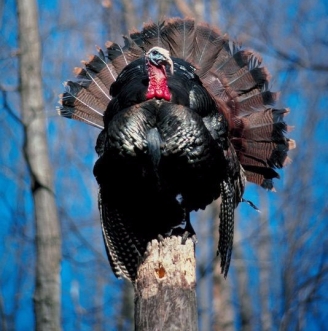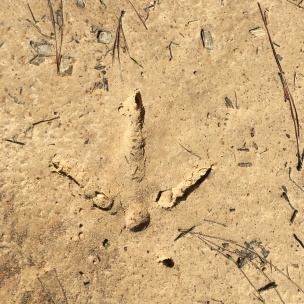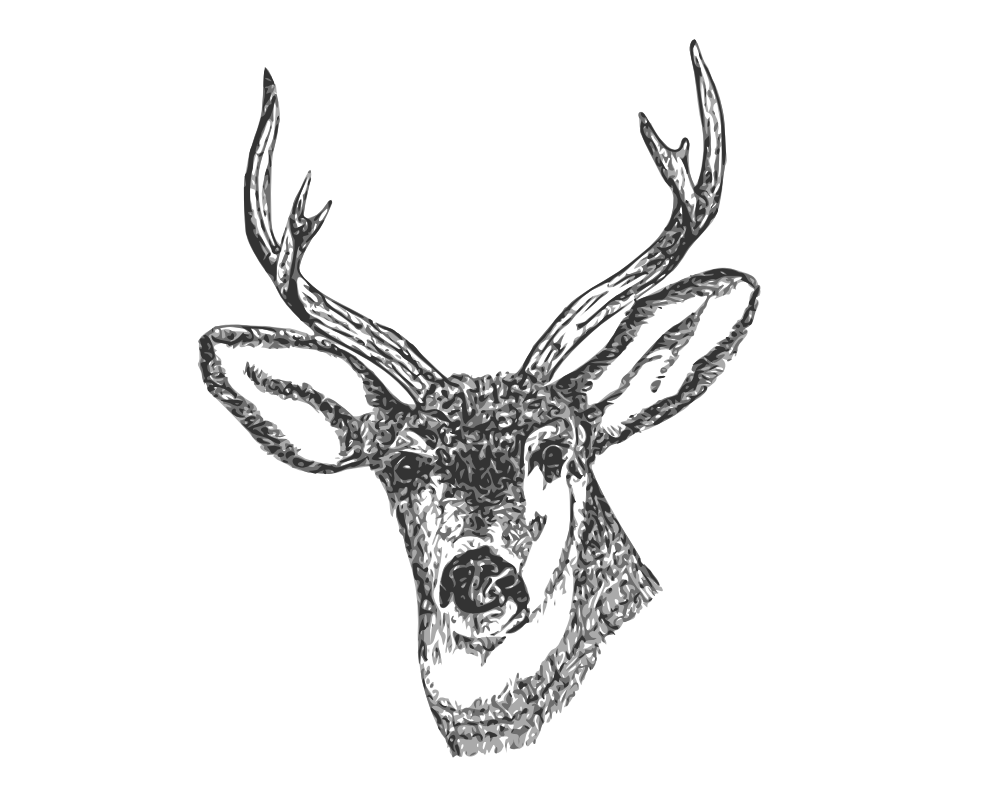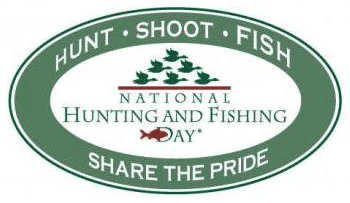
Turkey hunting season in Georgia begins March 24, so it’s time for hunters to make their last minute preparations before going out to look for gobblers. The Georgia Department of Natural Resources offers several tips to help hunters.
Make sure your hunting license and hunter education is ready to go.
First things first, make sure your hunting license and harvest record are up-to-date. The last thing you want is to finally hit the field and realize you’ve lapsed.

An easy way to make sure you’re always current is to sign up for “auto-renewal”. You’ll save $2.75 on your license and you’ll never have to worry about it again. To hunt turkeys you’ll also need to purchase the “Big Game” stamp and get your Free Harvest Record. If you’re a private land owner, you won’t need a hunting license but you will still need to get the Free Harvest Record.
If this is your first season, you’ll also want to make sure you have your hunter education course has been completed. Visit http://georgiawildlife.com/hunting/hunteredcourse for a list of available courses. There are age groups that are exempt from having hunter education. See if you qualify here: http://georgiawildlife.com/hunting/requirements.
Download the Game Check app.
If you haven’t already, get the Georgia Game Check app downloaded onto your phone available on the App Store App Store and Google Play. This app will let you buy a license and check your turkey in the field. Once you make a harvest and before you move your turkey, you’ll need to use the app to enter your harvest date and county. No cell service? No problem! Log the turkey the same way you would if you had service and his the submit button once. When you reach an area with service again your harvest will officially submit.
Get some productive scouting done.
We’ve all heard the early bird gets the worm. In this case, the early worm gets the bird. It’s important to get out early and listen for the gobbles and clucks of roosting birds. This will help you plan your morning hunt locations and be more successful. Be patient. You’ll only want to stay put in the morning while you listen. Don’t start walking around until after the sun has been up for a few hours. You don’t want to go running off any unsuspecting turkeys. Walk tree lines by fields and any roads or trails running through the property you are hunting on in search of scrapes in the dirt, tracks, scat, and feathers.
Find out where the turkeys are roosting.
Go out a little before dark and move around quietly. Sit and listen for birds flying up in the trees and for the soft clucks and yelps of a content turkey. If you determine where some gobblers have roosted up then you already have the bead on a great location to hunt the next morning. Good food and water sources are a good place to start looking.

Pattern your shotgun.
You’ll want to know how tight your pattern is at certain ranges so that more of your shot will land on target. For tighter groups use super full or full turkey chokes. You can do this by buying multiple large pieces of cardboard or targets and shoot a shell into them at varying ranges you are comfortable with. This will show you how much your shot spreads over distance and will give you a good picture of the best range of your firearm. Different chokes and different size shells will produce different patterns, so make sure you know what your comfortable range is before you make a shot.
Perfect your turkey call technique.
Practicing calls all day might drive your friends or loved ones crazy, but it is another necessity of turkey hunting. You might not have taken your calls out since last season, so dust them off and give them a go! Practicing mouth or diaphragm calls during your free time is a good way to get back into the swing of things before the hunting gets underway.
Check your gear.
Check your camouflage to see if it is still in good shape and comfortable. Be sure to have a facemask or face paint and a camo hat. Along with their keen hearing, a turkey’s sight is second to none and there is not much room for error. You’ll want to be as comfortable as possible sitting on the ground or in a blind so you don’t move as much. Adding a small cushion or collapsible seat to your arsenal might be a good idea.
About the Turkey Mating Season
 Wild turkeys breed in the spring. After spending the winter in bachelor flocks, adult males, known as toms or gobblers, will disband and begin to strut and gobble in an effort to attract hens for mating. Adult males weigh between 17-21 pounds and have black-tipped breast feathers. The tom’s featherless head is white-crowned with varying amounts of blue and red. Male gobblers have beards that grow to about 3-5 inches per year. Males also have spurs on their heals, which can be over 2 inches long. Gobbling usually begins in March but can start in late February or early April. A gobbler will mate with as many hens as possible and hens will mate with a gobbler more than once.
Wild turkeys breed in the spring. After spending the winter in bachelor flocks, adult males, known as toms or gobblers, will disband and begin to strut and gobble in an effort to attract hens for mating. Adult males weigh between 17-21 pounds and have black-tipped breast feathers. The tom’s featherless head is white-crowned with varying amounts of blue and red. Male gobblers have beards that grow to about 3-5 inches per year. Males also have spurs on their heals, which can be over 2 inches long. Gobbling usually begins in March but can start in late February or early April. A gobbler will mate with as many hens as possible and hens will mate with a gobbler more than once.
Juvenile males, known as jakes, will also strut and gobble but are less successful at courting hens than older males. Jakes can be distinguished from the adult male gobblers by the 4-6 central feathers on the jakes tail fan. These feathers will be longer than the other tail feathers, forming an uneven edge to the tail. Jakes also have smaller beards and spurs than adult gobblers.
Most hens will breed and nest during their first spring. Hens are smaller than toms and weigh 8-11 pounds and have buff-tipped breast feathers giving them a brown or tan coloration. The head of the female is a dull gray-blue with feathers extending up the back of the head. Although some hens can have beards, most hens do not have beards or spurs.
As the breeding season comes to an end, usually in April,hens nest in shallow depressions formed by scratching, squatting and laying eggs. Nests are often at the base of trees or against fallen logs and are usually located near open areas. The nest is usually in dense enough vegetation to conceal the nest but allow the hen to view her surroundings from ground level.






all the stuff I see is awesome